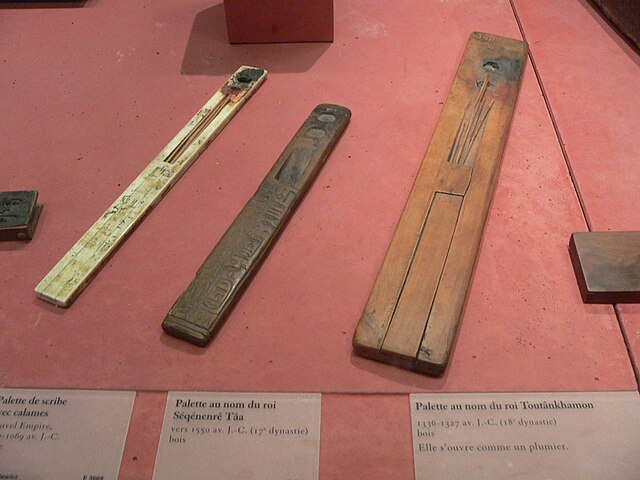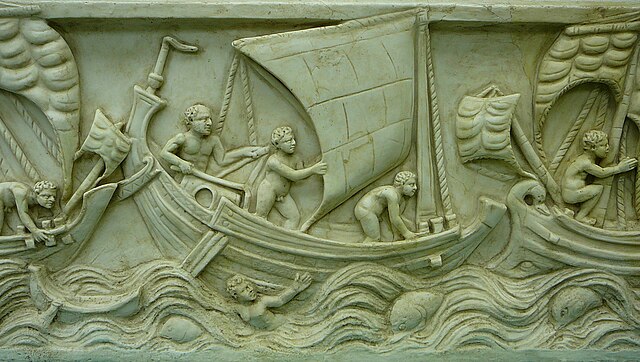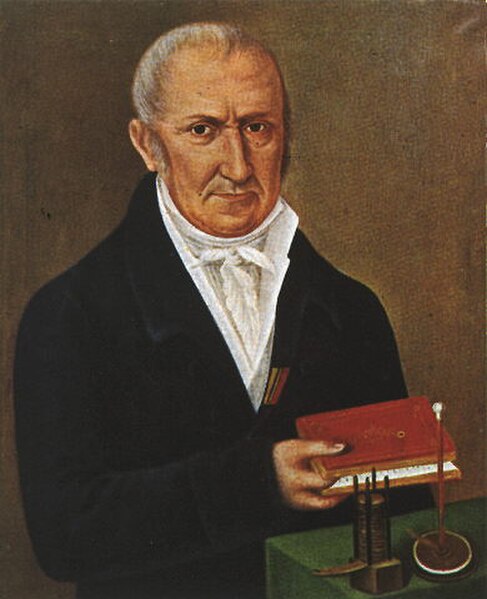Timeline of historic inventions
The timeline of historic inventions is a chronological list of particularly important or significant technological inventions and their inventors, where known.
The Nippur cubit-rod, c. 2650 BCE, in the Archeological Museum of Istanbul, Turkey
Egyptian reed pens inside ivory and wooden palettes, the Louvre
The earliest fore-and-aft rigs, spritsails, appeared in the 2nd century BC in the Aegean Sea on small Greek craft. Here a spritsail used on a Roman merchant ship (3rd century AD).
A Nepali Charkha in action
An invention is a unique or novel device, method, composition, idea or process. An invention may be an improvement upon a machine, product, or process for increasing efficiency or lowering cost. It may also be an entirely new concept. If an idea is unique enough either as a stand-alone invention or as a significant improvement over the work of others, it can be patented. A patent, if granted, gives the inventor a proprietary interest in the patent over a specific period of time, which can be licensed for financial gain.
'BUILD YOUR OWN TELEVISION RECEIVER.' Science and Invention magazine cover, November 1928
Alessandro Volta with the first electrical battery. Volta is recognized as an influential inventor.
Thomas Edison with phonograph. Edison was one of the most prolific inventors in history, holding 1,093 U.S. patents in his name.
The Gutenberg press was voted the most important invention of the second millennium.








